Like scissors cutting through silk, Duong Tina’s paddles slice through the softly curving Preak Tachan River, its early morning water still and smooth. As we kayak downstream, deeper inside Cambodia’s southern jungles, Duong – my impish 27-year-old guide from a nearby village – gestures at the thick, misty jungle lining both banks of the gleaming blue-green waterway. He easily spots a family of long-tailed macaques, a red squirrel and the glint of a kingfisher on a log jutting into the water. He wants me to see them, too.
But to me the riverbanks look like solid blocks of jungle – until the creatures shift positions, when I cry out in amazement to see an animal darting out of the green. “It’s funny how you can only see them when they move,” he says, half joking and half genuinely puzzled.
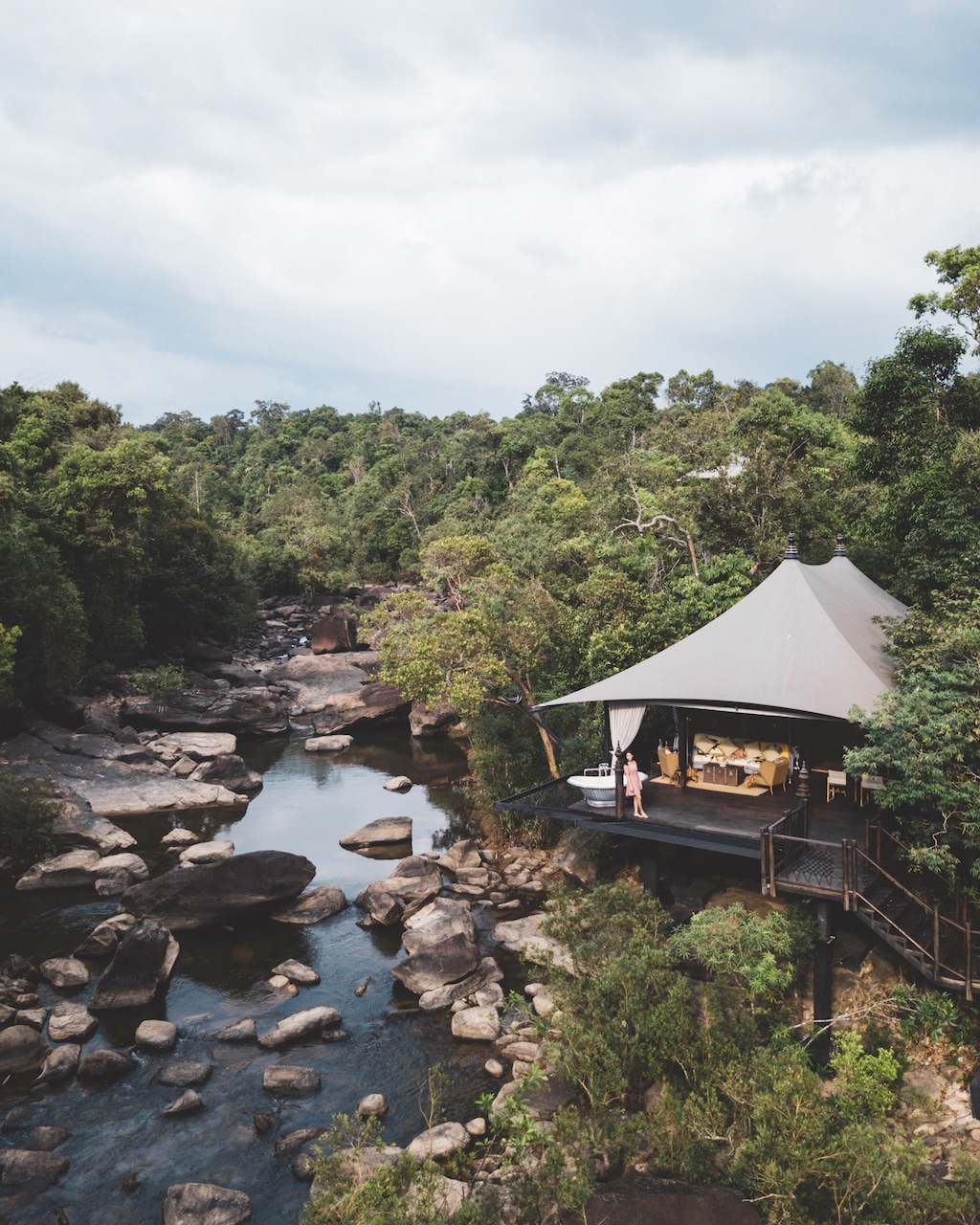
For centuries, Cambodians have seen the forest, or prei, and the relatively orderly, cultivated and settled areas, or srok, as the most fundamental opposition in their culture, according to David Chandler, a historian who’s studied Cambodia for decades. The forest represents danger, darkness – but also possibility. Cambodians often speak of “going to the forest” – by which they mean making a living from hunting, poaching, logging and collecting honey, ants and medicinal herbs.
This view of the forest – as a terrifying place that humans can profit from, if they dare – worked for Cambodia for much of its long and difficult history, when survival was the main challenge. But in an era of chainsaws and heavy machinery, “going to the forest” is terrifying in other ways. Case in point: the Cardamom Mountains region, which is Southeast Asia’s largest remaining rainforest and one of its most important biodiversity hotspots. It is also one of its most endangered. Rule of law in Cambodia is so weak, and many areas of the mountains are so hard to reach – let alone patrol – that the Cardamoms have been plundered by logging, hunting and development in the two decades since the demise of the Khmer Rouge, the genocidal, ultra-Maoist regime that overtook the country in 1975. But a new generation of conservationists, supported by two new eco-tourism initiatives – the Cardamom Tented Camp, where Duong works, and the Shinta Mani Wild luxury safari camp – are now seeking to turn the tide for this ecological jewel.
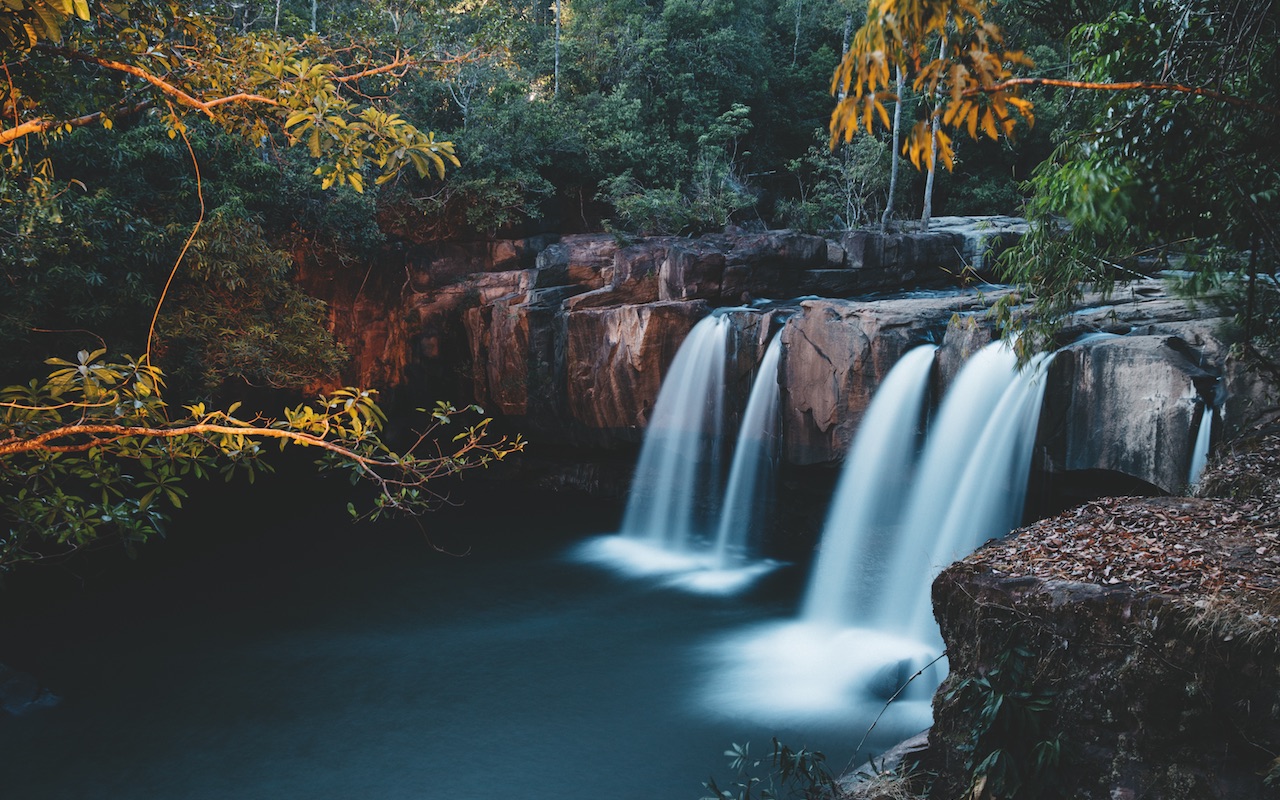
A common thread is environmental NGO Wildlife Alliance, which has been working to save the Cardamoms for over 20 years. Their Southern Cardamom Forest Protection Project recently succeeded in having over 865,000 hectares of rainforest designated as an official protected area. Still, in Cambodia, that means far less than it should. Even at the highest levels of government, the jungle is seen mostly as a resource that exists to be ravaged.
Botum Sakor National Park, within the Cardamoms, is one of the most glorious swathes of forest in the country, with 171,250 hectares of rich vegetation supporting numerous endangered mammals. But over the past two decades, nearly three quarters of it have been sold off to private business interests, who purchase what are known as concessions: 99-year leases that give them the right to do anything at all, including clear-cut the forest.

Wildlife Alliance finally decided to purchase a concession of its own – but one that would remain untouched. In 2009, it got enough money together to buy an 18,000ha stretch of land, now the only part of Botum Sakor that is fully protected. In 2013, the NGO established two ranger stations there, where 12 men do constant battle against poachers and loggers.
This is where Duong and I are headed. Four kilometres upriver, he clambers out of the boat and into the Preak Tachan Ranger Station like it’s his second home. Indeed, the chief ranger, Chum Kheng, is a native of the same village, Chi Phat. Both men have had a similar upbringing. Living on the edge of the prei, they constantly dipped into it for food, wood and medicine. But though they knew the forest like the back of their hands, they lacked the kind of formal education that would allow them to migrate to the city for better-paying jobs. The recent appearance of eco-tourism work is one of the only means of bridging that gap. “Before, I was a hunter,” explains Chum. “We are neak prei – forest people – so we cannot work in the city. We can only work in the forest.”
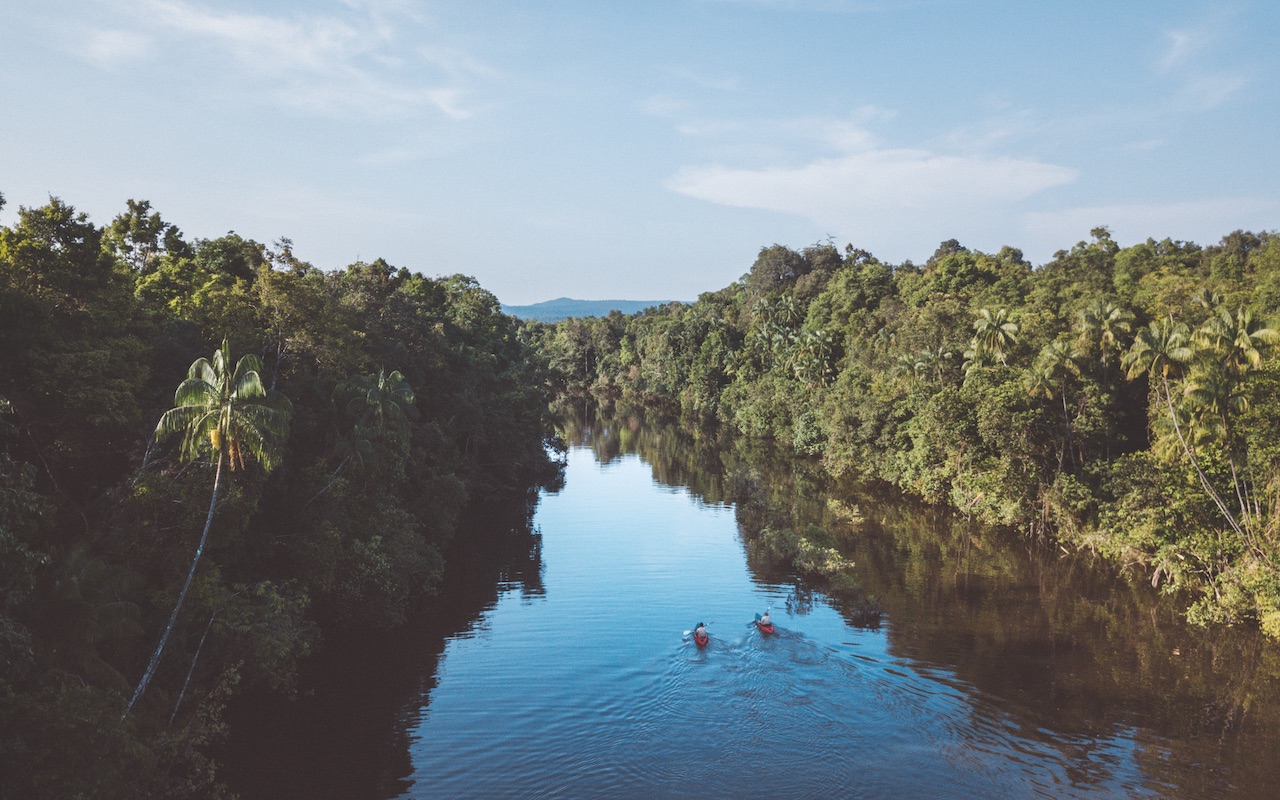
He was doing just that, poaching in the Cardamoms, when he was nabbed by Chut Wutty, one of Cambodia’s most famous conservationists, who patrolled these forests for years. Wutty, who was murdered in 2012 after encountering armed men in a timber-clearing concession just to the north of here, gave him a choice: go to jail, or join the effort to save the forest. Chum took the second option and has been a ranger ever since, working for an array of different conservation groups. He takes pride in the work his men have done since 2013, when they confiscated 3,000 snares, chainsaws and homemade air guns in a year. But in recent years they have encountered fewer poachers. “They know now that they cannot come here,” Chum says.
SEE ALSO: 7 lesser-known places to visit in Cambodia
Duong’s conversion to conservation was less dramatic. He grew up “going to the forest” with his father, but when he was a teenager the animals began to die off from over-hunting and the forest began to shrink. Around the same time, Wildlife Alliance started its first eco-tourism initiative, in Chi Phat, arranging for locals to host tourists for forest treks and boat tours. According to Duong, that programme revolutionised villagers’ relationship with the forest. “Before we didn’t have eco-tourism and 95% of people went to the forest to find animals and cut trees, and now I think maybe 90% of people don’t go to the forest. They work in eco-tourism as guides… or homestay or restaurant owners,” he says.

Armed with lessons from years of smaller-scale eco-tourism work, and under pressure from the government to build something on its concession, Wildlife Alliance last year partnered with Thai billionaire Bill Heinecke’s hospitality and hotel empire Minor Group and Yaana Ventures to create the Cardamom Tented Camp, an ultra-remote glamping resort that exists entirely to support the forest. The property’s nine tents are no-frills but comfortable. Giant spiderwebs appear every morning along with the dew, strung like jewellery between tall blades of grass, and evenings are marked by the otherworldly call of siren-like crickets. Late at night, constellations glitter across the sky and fireflies are laced through the vegetation that lines the riverbank.
“This is an experiment – something completely unique that hasn’t been done before – and from my experience as a conservationist it is very important to make this work,” says Allan Michaud, the camp’s manager, a wildlife photographer who has lived in Cambodia for 17 years. “We currently protect just over 10% of the protected area, and without us this would be gone.”
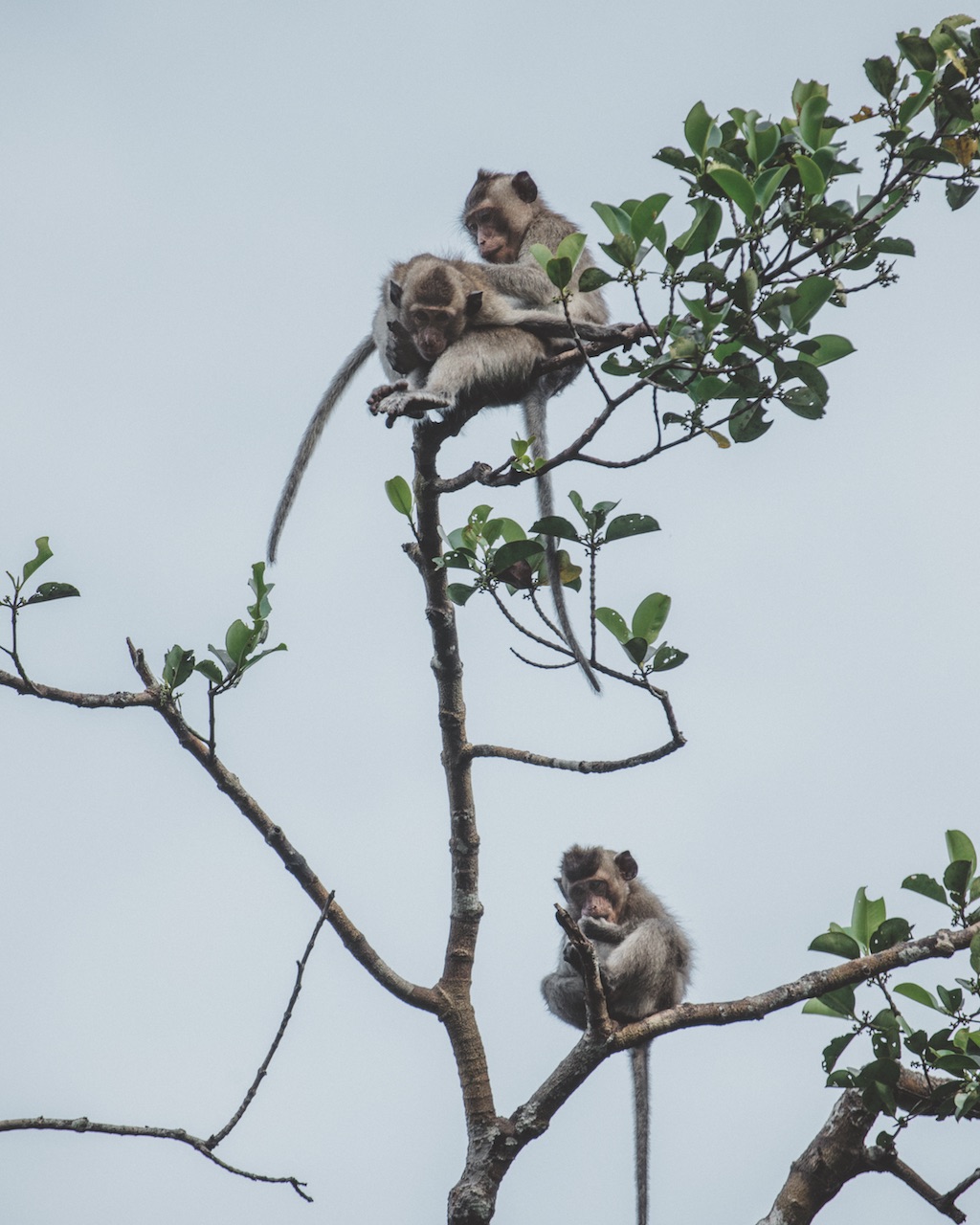
One of the most important considerations in purchasing the concession was the fact that, although it had suffered from logging, it was not totally degraded, meaning that wildlife is now returning to the area. Although this area of the Cardamoms lacks the charismatic megafauna – think elephants or tigers – that draws tourists elsewhere, it is proving to be a boon for entomologists and birdwatchers. Eighty species of birds have been documented in and around the camp, including the ultra-rare Malaysian night heron and the green peafowl, and a visiting delegation of researchers recently documented a number of moths, including the Atlas moth, the largest in the world.
The Cardamoms’ 16 different ecosystems are home to significant populations of rare wildlife, including 70 species on the IUCN Red List such as Malayan sun bears, Siamese crocodiles, Irrawaddy dolphins, fishing cats, pangolins, clouded leopards, otters, pileated gibbons and many more. “It’s fairly good forest, relatively undamaged and complete as a habitat,” says Michaud. “Logging has [been] selective and the wildlife is all here, though it is limited in numbers. It will come back if we protect it.”
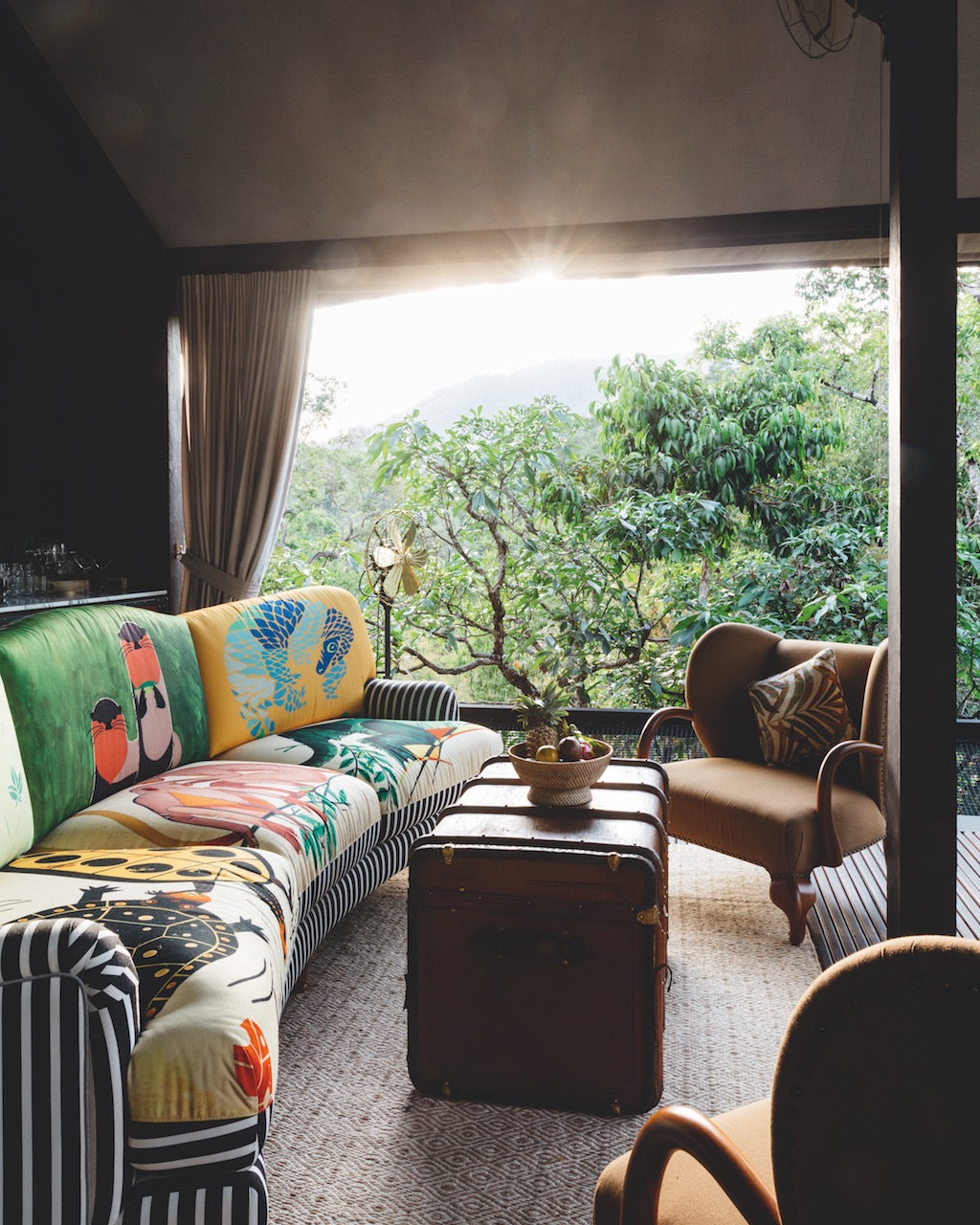
A three-hour drive away, the new Shinta Mani Wild, which opened in late December, is a more eye-catching and luxurious attempt to achieve a similar goal. Set on a 350ha swathe of forest with three natural waterfalls, the safari-style retreat by famed designer Bill Bensley is dripping in his eccentric yet spectacular design flourishes. Its 15 massive tents are set far apart above a tumbling river and furnished with Indiana Jones-esque vintage touches: old travel paraphernalia and leather suitcases, hand-painted murals, French club chairs from the 1920s, antique silverware and outdoor bathtubs. Each tent features a sofa that has been upholstered in canvas printed with 1960s graphics of elephants, otters and other creatures that call the forest outside home. Guests can ride a 380m zip-line directly into the resort’s bar, receive a massage in one of the waterfalls or get fly-fishing lessons from a Mongolian master.
Yet all of the people I meet at the camp say the most important aspect is its mission: the chances it gives guests to engage with nature, and the support it provides to locals who are trying to protect the forest. General manager Sangjay Choegyal is most proud of the fact that not a single tree was cut down during construction (although two were gently relocated). “We are here… for conservation,” he says. “The hotel is solely to fund that.”

Choegyal says one of his goals is to host a community of scientists who do original research on plants and animals in the forest, some of which have barely been studied. To that end, many staffers have been hand-picked for their expertise in conservation or outdoor activities like birding and trekking. Head chef Ly Lous, who spent his teenage years in an orphanage near the ancient temples of Angkor Wat where the children were sent out to comb the woods for food every day, is putting his wilderness skills to good use. On a foraging walk around the grounds of Shinta Mani Wild, he plucks edible herbs from bushes for me to try, points out different kinds of bamboo and digs up wild potatoes and figs, which might make their way into a stew on one of Ly’s elaborate tasting menus.
A starry-eyed young man named Song Det was personally recruited by Bensley from the Royal University of Phnom Penh’s graduate programme in biology. Although he grew up in a fishing family, Song’s true passion is for orchids and jungle flora. So he was thrilled to be hired by Shinta Mani Wild and put in charge of creating a new orchid walk, as well as cataloguing the 70 orchid species that grow naturally in the forest surrounding the camp.

Song is also my guide for an early-morning patrol with three forest rangers recruited by Shinta Mani Wild to staff a new station in the area. I had wondered if these patrols would be dumbed down for hotel guests, but this is the real deal: a brisk trek through the wilderness with two armed soldiers and one Wildlife Alliance ranger, Sowath Rethy. As we set off on a two-hour uphill hike, Song and Sowath point out butterflies and mushrooms, holes dug by wild pigs and a flutter of trees indicating that monkeys were scampering from branch to branch. Sowath hacks his way through tricky sections with a machete.
Sowath says his work often puts him in conflict with local communities, but dreams of a day when that will change and there are more incentives to preserve the forest than to plunder it. Indeed, the transformation of locals’ relationship with the wilderness is the ultimate goal of both Shinta Mani Wild and the Cardamom Tented Camp. But in the meantime, the success of both initiatives depends on enlisting tourists in the effort, and convincing them to veer off the well-worn temple-and-beach trail and delve into a totally unexpected landscape – Cambodia’s endangered prei. “No more poachers, no more homemade guns, no more chainsaws,” Duong had told me on our magical early morning kayaking trip, referring to his dream for the Cardamoms. “When tourists come here they [have the power to] change everything.”
Singapore Airlines’ regional wing, SilkAir, flies three times daily to Phnom Penh. To book a flight, visit singaporeair.com
SEE ALSO: Interview: Bill Bensley on making luxury travel ethical
This article was originally published in the February 2019 issue of SilverKris magazine
The post Wildest dreams: Saving Cambodia’s Cardamom Mountains appeared first on SilverKris.
from SilverKris
No comments:
Post a Comment